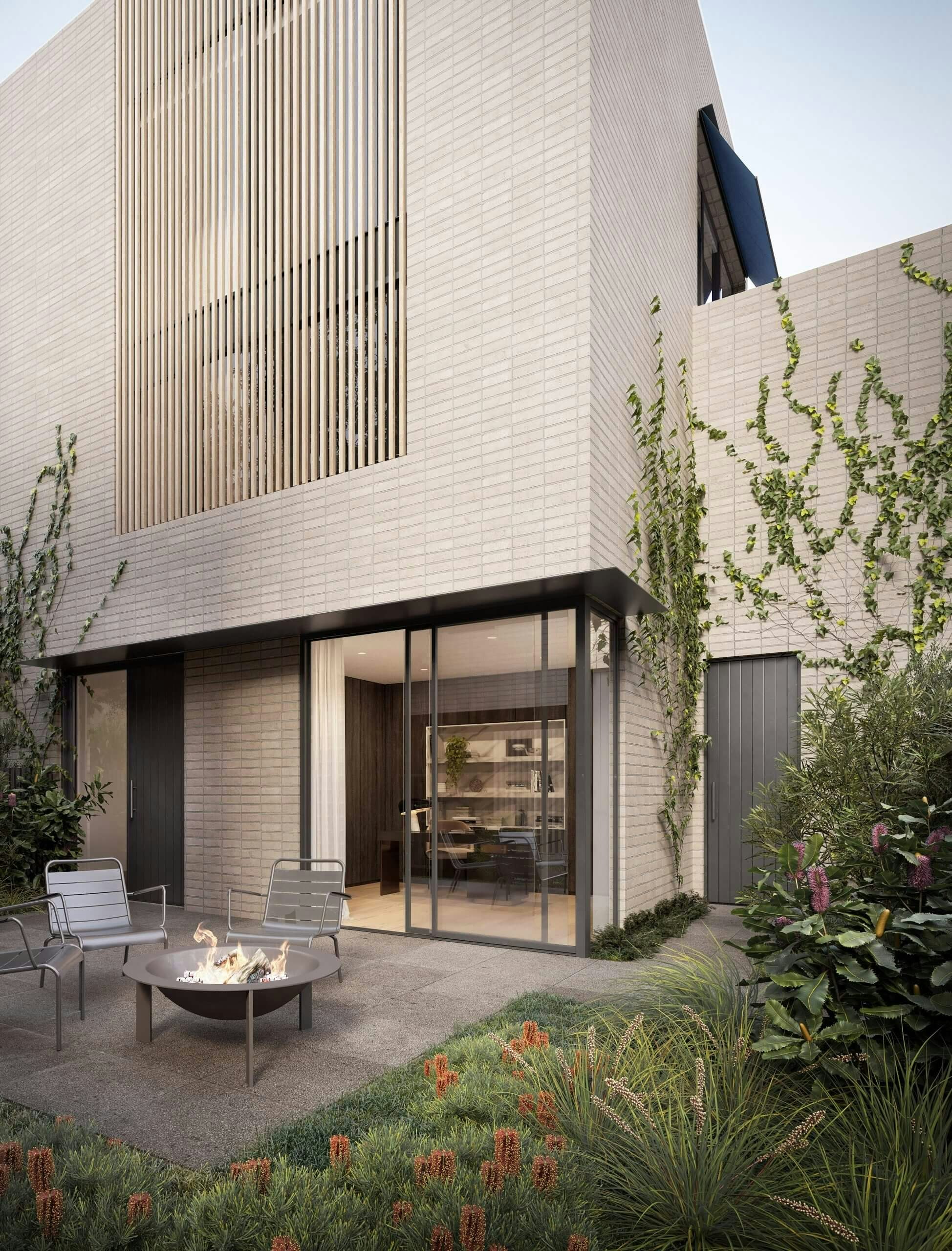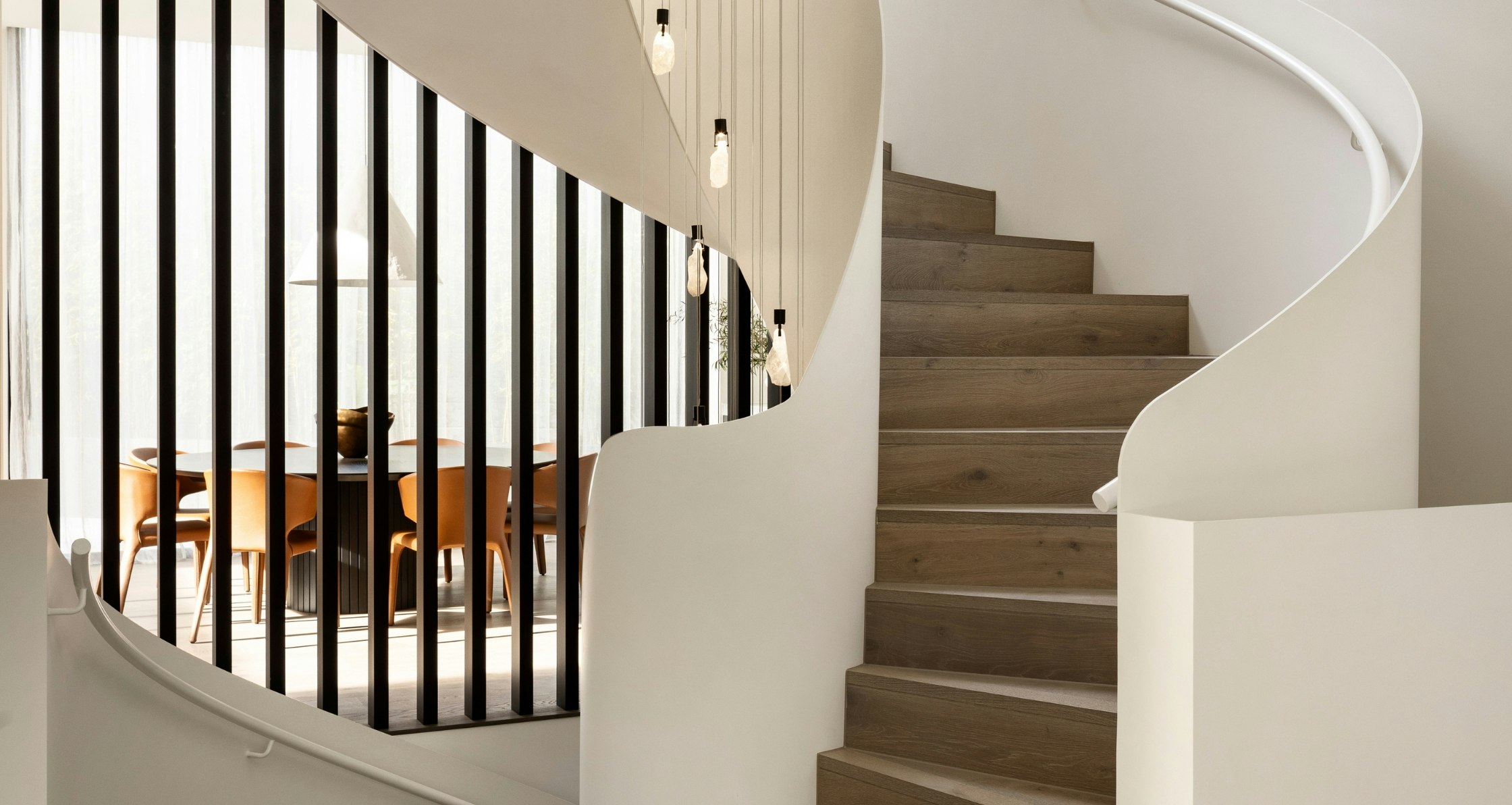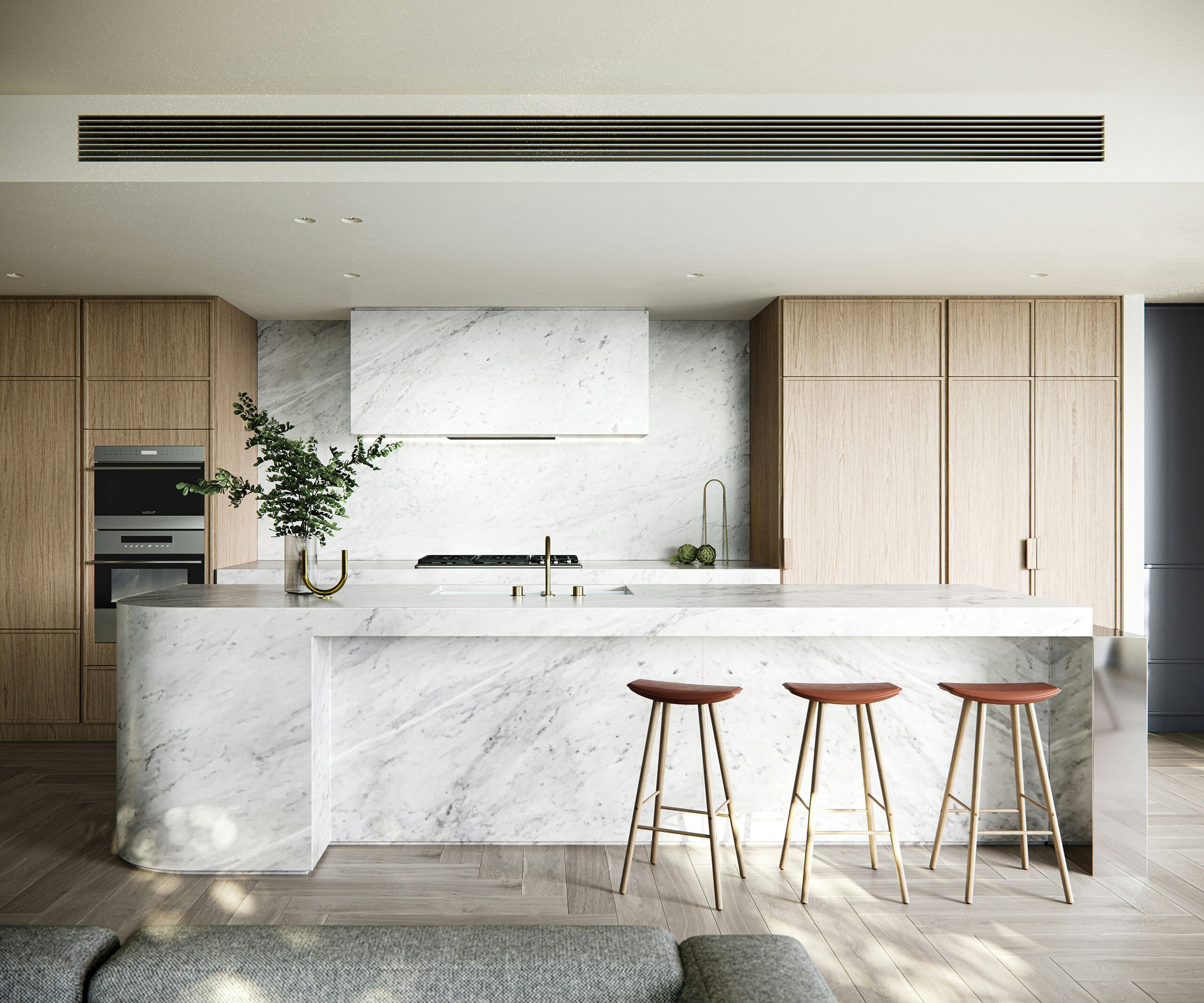These homes confer several distinct advantages. They promise considerable financial relief through reducing energy bills by an estimated 60-70% when compared to a standard 6-star Nationwide House Energy Rating System (NatHERS) rated home in Melbourne. Additionally, these homes offer an elevated living experience, with their insulation and draught-proofing techniques ensuring comfortable internal temperatures year-round.
Zero net carbon homes also make a significant impact on the environment by potentially reducing greenhouse gas emissions by five to eight and a half tonnes annually. In addition, they contribute to improved health outcomes, as they align with the World Health Organisation’s housing and health guidelines.
Pioneering the approach to a more sustainable future, in a significant policy change, Victoria has decided to ban gas connections to new homes from 2024, aiming to reduce Victoria’s emissions by 75 to 80% by 2035 and reach net zero by 2045. This is an encouraging step towards reducing the state’s gas emissions, which currently contribute to 17% of Victoria’s total emissions.





